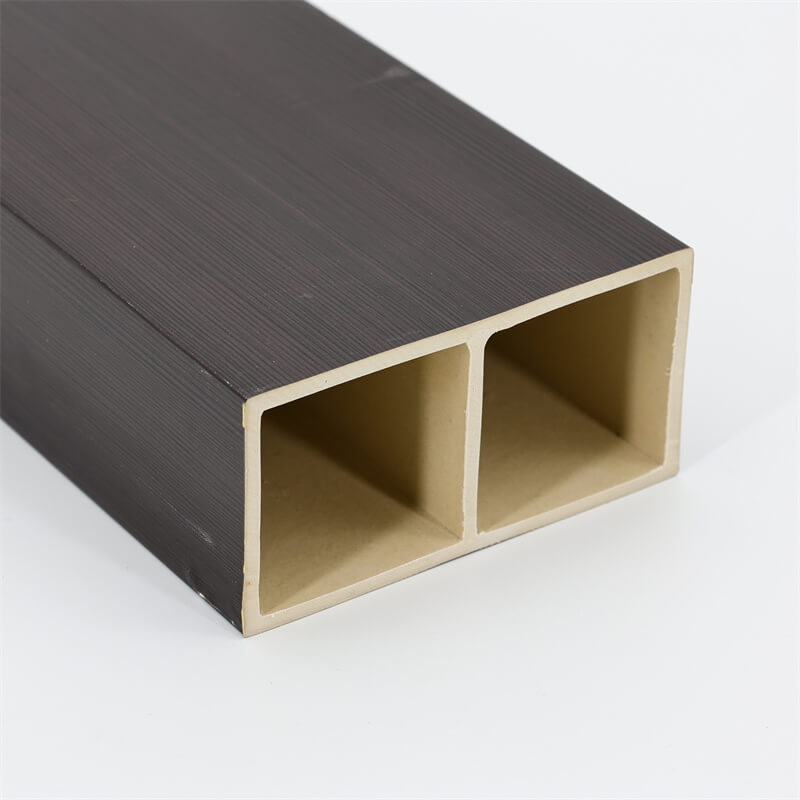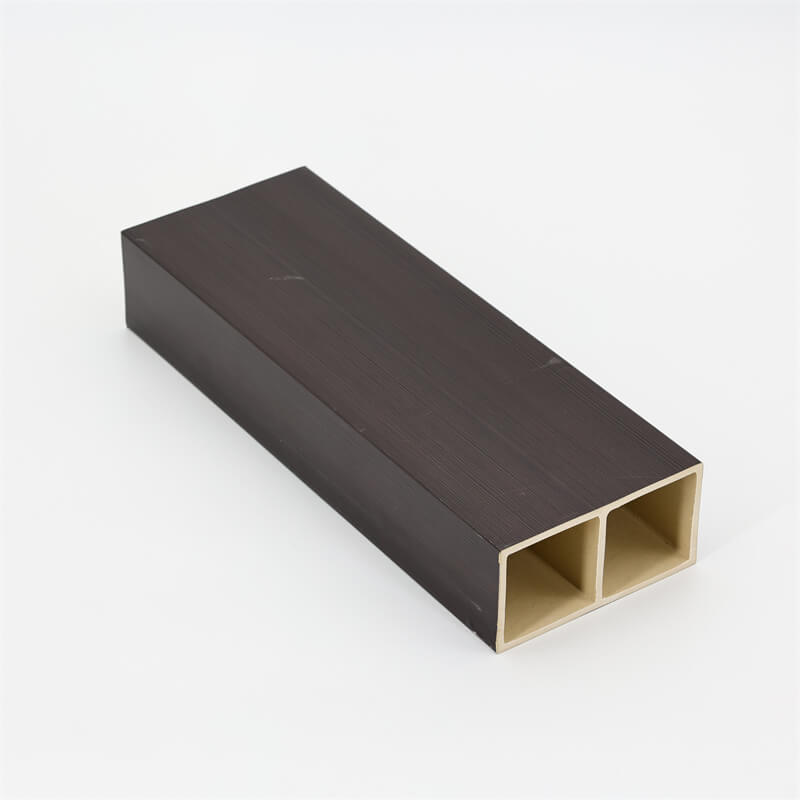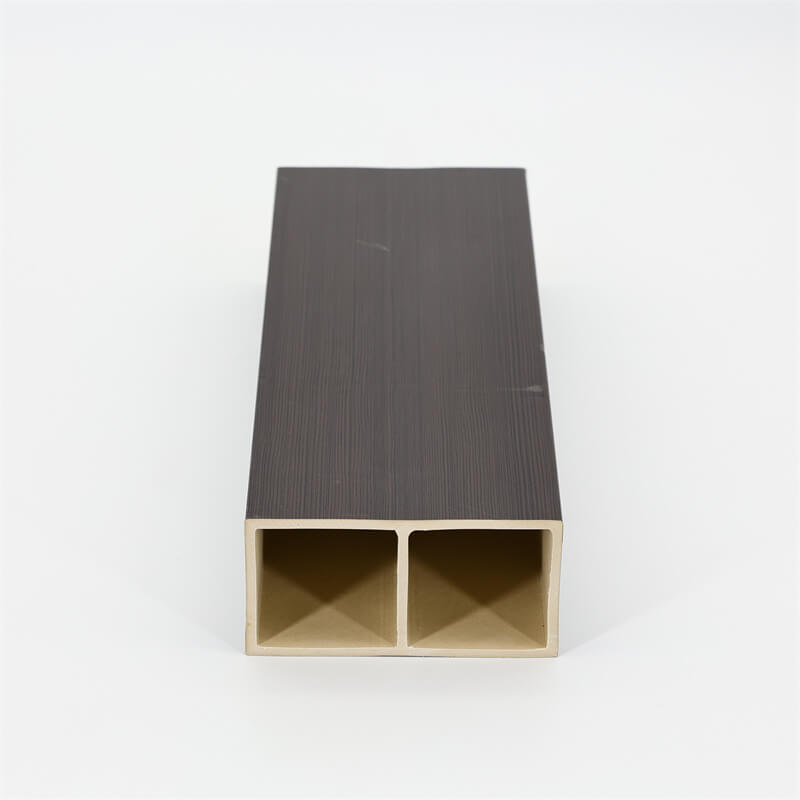
Moisture-prone areas in homes, such as bathrooms, kitchens, and basements, require building materials that can withstand high humidity levels and exposure to water.
WPC (Wood Plastic Composite) wood panels have emerged as the ideal solution for such areas, offering a perfect balance of aesthetics and durability.
These panels combine the natural beauty of wood with the waterproof and rot-resistant properties of plastic, making them highly suitable for moisture-prone environments.
In this article, we will explore the benefits of using WPC wood panels in moisture-prone areas, their durability, installation considerations, and how to choose the right manufacturer and supplier.
Benefits of WPC Wood Panels in Moisture-Prone Areas
One of the primary advantages of WPC wood panels is their inherent waterproof and moisture-resistant properties.
The combination of wood fibers or flour and plastic polymers creates a material that does not absorb water, preventing warping, swelling, or rotting.
Unlike traditional wood panels that can deteriorate when exposed to moisture, WPC panels maintain their structural integrity and aesthetics, even in high-humidity environments.
Moisture-prone areas are susceptible to mold and mildew growth, which can not only damage the building materials but also pose health risks.
WPC wood panels have inherent mold and mildew resistance, preventing the growth of these harmful microorganisms.
This feature ensures a cleaner and healthier environment in moisture-prone areas of your home.
WPC wood panels require minimal maintenance in moisture-prone areas.
Unlike traditional wood panels that may need regular staining, sealing, or painting to protect against moisture damage, WPC panels only require simple cleaning with mild soap and water to maintain their appearance and functionality.
This easy maintenance routine saves time and effort while ensuring that your panels stay in top condition.

Durability and Longevity in Moisture-Prone Areas
In moisture-prone areas, constant exposure to water or high humidity levels can cause traditional wood panels to warp or swell, leading to structural damage and aesthetic issues.
WPC wood panels, on the other hand, have excellent dimensional stability.
They are designed to resist warping, swelling, and distortion, even in the most humid conditions.
This durability ensures that your panels maintain their shape and appearance over time.
Moisture-prone areas are also prone to rot and decay, particularly in traditional wood materials.
WPC wood panels are impervious to rot and decay, thanks to the plastic polymers in their composition.
This rot resistance ensures the longevity of your panels and eliminates the need for frequent replacements or repairs.
Moisture-prone areas often experience high foot traffic and the potential for accidental impacts.
WPC wood panels offer excellent impact resistance, making them suitable for areas where durability is crucial.
These panels can withstand daily wear and tear, including scratches and dents, without compromising their aesthetics or functionality.
Installation Considerations for WPC Wood Panels
Before installing WPC wood panels in moisture-prone areas, proper substrate preparation is essential.
The substrate should be clean, dry, and level to ensure a secure and stable installation.
If there are existing moisture issues or uneven surfaces, it is recommended to address them before installing the panels.
While WPC wood panels are highly resistant to moisture, ensuring proper ventilation in moisture-prone areas is still crucial.
Good ventilation helps to prevent the buildup of excess moisture and reduces the risk of mold or mildew growth.
Properly ventilating the area, such as installing exhaust fans or ensuring adequate airflow, will enhance the performance and longevity of your WPC panels.
For optimal results, it is recommended to hire a professional installer experienced in working with WPC wood panels.
A professional installer will have the necessary knowledge and skills to ensure a proper and secure installation, considering factors such as expansion and contraction, spacing, and edge treatments.

Choosing the Right Manufacturer and Supplier
When selecting a manufacturer and supplier for WPC wood panels, it is crucial to consider their quality and reputation.
Look for manufacturers who follow strict quality control measures and have a reputation for producing high-quality products.
Research customer reviews and feedback to gain insights into their reputation and customer satisfaction.
Compare prices from different manufacturers and suppliers to ensure that you are getting the best value for your investment.
While price is a consideration, it is essential to balance it with the quality, durability, and warranty offered by the manufacturer.
Opting for a higher quality product may be a wise long-term investment, as it will provide enhanced durability and resistance to moisture.
Check the warranty offered by the manufacturer for their WPC wood panels.
A reliable manufacturer will stand behind their products and offer a warranty that covers potential defects or issues.
Additionally, inquire about their after-sales support and customer service to ensure that you will receive assistance if needed.
WPC wood panels offer an ideal solution for moisture-prone areas in your home, combining aesthetics, durability, and ease of maintenance.
Their waterproof and moisture-resistant properties, along with mold and mildew resistance, make them highly suitable for areas such as bathrooms, kitchens, and basements.
By choosing a reputable manufacturer and supplier, you can ensure the quality and longevity of your WPC wood panels.
With their exceptional durability and resistance to moisture-related issues, WPC panels provide a beautiful and long-lasting solution that enhances the functionality and aesthetics of your moisture-prone areas.
